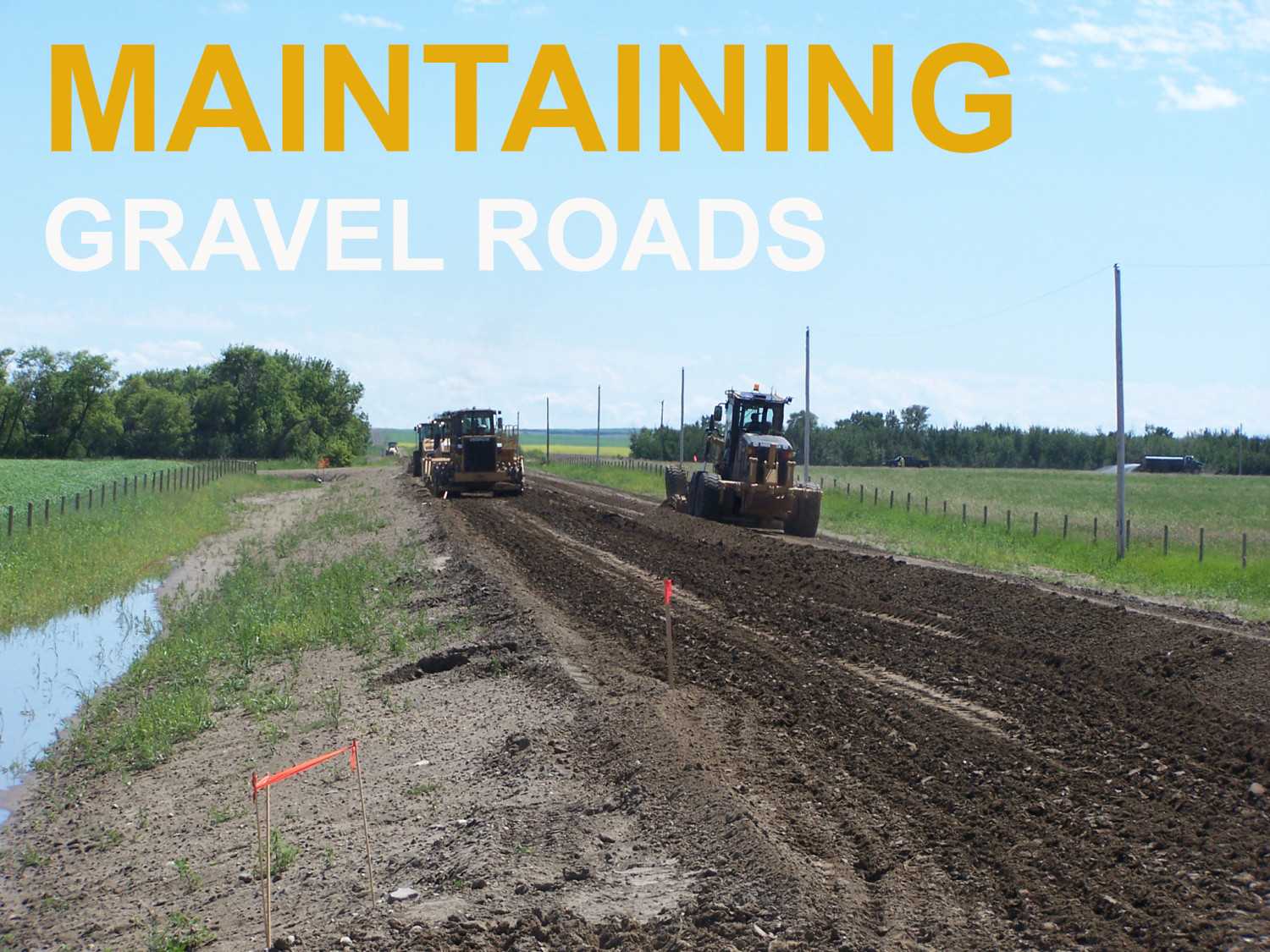Enthusiast Corner
Maintaining Gravel Roads
Gravel roads, the often-overlooked arteries of rural and semi-rural landscapes, play a crucial role in connecting communities and facilitating transportation. While paved roads boast smooth surfaces and uniformity, gravel roads require dedicated maintenance to remain functional and safe. At the heart of this maintenance regimen lies the art of grading—a nuanced process that balances science with practicality.
Understanding the Importance
Gravel roads, despite their rustic charm, are susceptible to wear and tear from weather, traffic, and natural erosion. Without regular maintenance, they can deteriorate quickly, leading to potholes, washouts, and an overall unpleasant driving experience. Grading, therefore, is not just about smoothing the surface but about preserving the road's integrity and enhancing safety.
The Grading Process
Grading a gravel road involves several meticulous steps, each aimed at achieving a smooth, compacted surface conducive to safe and efficient travel:
- Inspecting the Road: Before grading begins, thorough inspection is crucial. Identifying areas prone to erosion, potholes, or excessive washboarding helps prioritize where attention is needed most.
- Preparing the Equipment: Graders, equipped with adjustable blades, are the workhorses of road grading. These machines scrape the surface, redistributing gravel to fill in low spots and create a consistent crown—a slight curvature that ensures proper water drainage.
- Executing the Grade: Operators skillfully maneuver the grader along the road, adjusting blade angles and position to achieve the desired smoothness. The process involves multiple passes, gradually refining the surface until it meets established standards.
- Compacting and Finishing: After grading, compacting the gravel with a roller or compactor helps enhance stability and reduce loose gravel. Finally, excess material is swept clear, and road signs or markers are checked and replaced as needed.
Challenges and Considerations
Grading gravel roads isn't without challenges. Factors such as weather conditions, varying gravel quality, and budget constraints can influence the effectiveness and frequency of grading efforts. Moreover, balancing the need for a smooth surface with maintaining the road's natural drainage characteristics requires finesse and experience.
The Benefits of Proper Grading
Investing in regular and well-executed grading offers numerous benefits to both road users and the community at large:
- Safety: A smooth, even surface reduces the risk of accidents and vehicle damage.
- Durability: Properly graded roads resist erosion and retain their structure longer.
- Cost Efficiency: Regular maintenance can prevent costly repairs and extend the road's lifespan.
- Community Connectivity: Maintaining gravel roads ensures reliable access for residents, businesses, and emergency services.
Gravel roads may lack the glamour of their paved counterparts, but their upkeep is equally vital. Grading, as both a science and an art, preserves these essential routes, ensuring they remain dependable conduits for daily life in rural areas. It's a testament to the intersection of technology, craftsmanship, and community stewardship—a reminder that even the humblest roads deserve our careful attention and respect.
So, the next time you traverse a well-graded gravel road, take a moment to appreciate the dedication and expertise that goes into maintaining it. Behind every smooth ride lies a team of professionals committed to keeping our rural landscapes connected and accessible.

